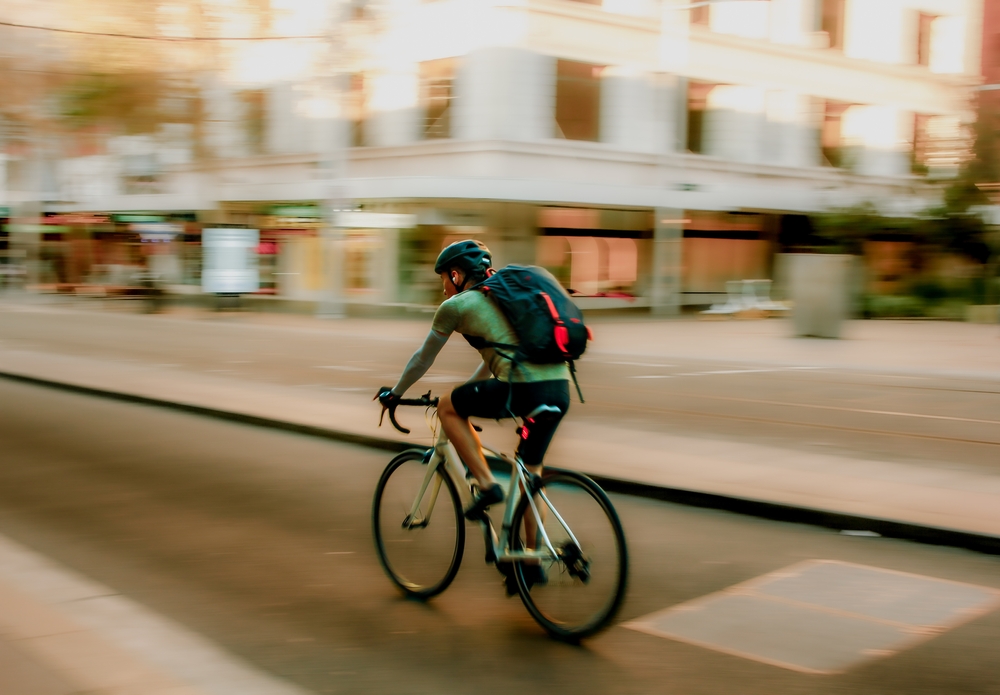Cycling continues to grow in popularity across Ontario, offering both recreational and commuting opportunities. With more cyclists on our roads, it is essential that both motorists and cyclists understand their legal obligations and responsibilities to maintain safety. Under Ontario’s Highway Traffic Act (HTA), RSO 1990, c. H.8, motorists must operate their vehicles safely and exercise due care for all road users, including vulnerable road users such as cyclists.
Cyclists' Rights and Responsibilities
In Ontario, cyclists are granted the same rights and are subject to the same duties as drivers of motor vehicles. This includes the obligation to obey traffic signals, signs, and to use designated bike lanes where available. Cyclists must also ensure their bicycles are in good working condition and equipped with the necessary safety features, such as lights and reflectors when riding at night.
Motorists' Duties Towards Cyclists
Motorists are required to operate their vehicles safely and be aware of vulnerable road users, including cyclists. Specifically, when passing a cyclist, drivers must maintain a minimum distance of one metre in urban areas. This is to ensure the safety of cyclists who may be more susceptible to injury in the event of a collision.
Common Types of Bicycle-Motor Vehicle Collisions
Several types of collisions commonly occur between cyclists and motor vehicles:
- Right-Turn Collisions (“Right Hook”): This happens when a motorist turns right at an intersection or driveway while a cyclist is continuing straight in the bike lane or along the curb. These accidents often occur because the driver either does not check their mirrors or misjudges the cyclist’s speed.
- Left-Turn Collisions (“Left Cross”): This type of collision occurs when a driver making a left turn at an intersection fails to yield to an oncoming cyclist traveling straight. Cyclists have the right of way through intersections unless traffic signals or signs indicate otherwise.
- Dooring Accidents: A dooring accident happens when a vehicle occupant opens a car door into the path of a passing cyclist. These incidents can result in serious injuries due to the sudden impact and limited time for the cyclist to react.
Understanding these common scenarios can help both cyclists and motorists take proactive measures to prevent accidents.
Steps to Take After a Bicycle-Vehicle Collision
If you are involved in a bicycle-vehicle collision, it is important to take the following steps:
- Seek Medical Attention: Prioritize your health and safety. Even if injuries seem minor, it's advisable to consult a healthcare professional.
- Report the Incident: Contact local law enforcement to report the collision. An official report can be vital for insurance and legal purposes.
- Exchange Information: Obtain contact and insurance details from the involved motorist(s).
- Document the Scene: Take photographs of the accident scene, your bicycle, and any visible injuries. This documentation can serve as crucial evidence.
- Consult Legal Counsel: Consider seeking advice from a personal injury lawyer experienced in handling bicycle-vehicle collision cases to understand your rights and options.
Legal Considerations and Compensation
In Ontario, cyclists injured in motor vehicle collisions may be entitled to compensation through the Statutory Accident Benefits Schedule, regardless of fault. These benefits can cover medical expenses, rehabilitation costs, and income replacement. Additionally, if the collision was caused by a motorist's negligence, cyclists may pursue a tort claim for pain and suffering and other damages.
It's essential to be aware of the legal framework governing cycling and motor vehicle interactions to protect your rights and ensure safety on the roads.
If you have been involved in an incident causing you injury, it is always best to consult a professional lawyer who has experience arguing these types of claims to protect your interests. Please contact our team at JRJ LAW for a free initial consultation at 1 (844) DIAL JRJ.


